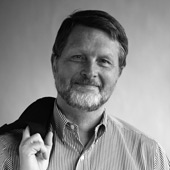For the second time this year, Swann Auction Galleries is showcasing vernacular photography from a wide array of private collections, reinforcing the upward trend in popularity of this kind of collecting. Lots include nineteenth-century scientific photographs, mug shots, daguerrotypes, pop photographica, photo ID badges, even an early photo booth image of Marilyn Monroe.
With the rise of the box camera in the earlier part of the twentieth century, taking pictures became something a much wider range of people—people who were not always fully equipped with the basic underpinnings of photography—could do. Despite being easy to operate, their cameras sometimes captured sophisticated, unintentionally artful images. At other times, they became the apparatus of elaborate documentation.
Interest in vernacular photography has grown immensely in the last twenty years, and it is becoming an increasingly legitimzed art form. The Rijksmuseum in Amsterdam purchased—at an earlier Swann vernacular photography auction—a group of sixty-three cyanotypes documenting the construction of a bridge in France at the turn of the twentieth century. At $22,500, it was the top-selling lot.
Also sold was an extensive archive of photographs, albums, letters, and ephemera related to a nudist couple living in New Jersey. The archive contained material from the 1920s through the ’90s, and documented the couple's long-time alternative lifestyle.
Vernacular photographic material has recorded significant cultural and historical moments and speaks to many tastes—a genre at once extraordinary and ordinary.
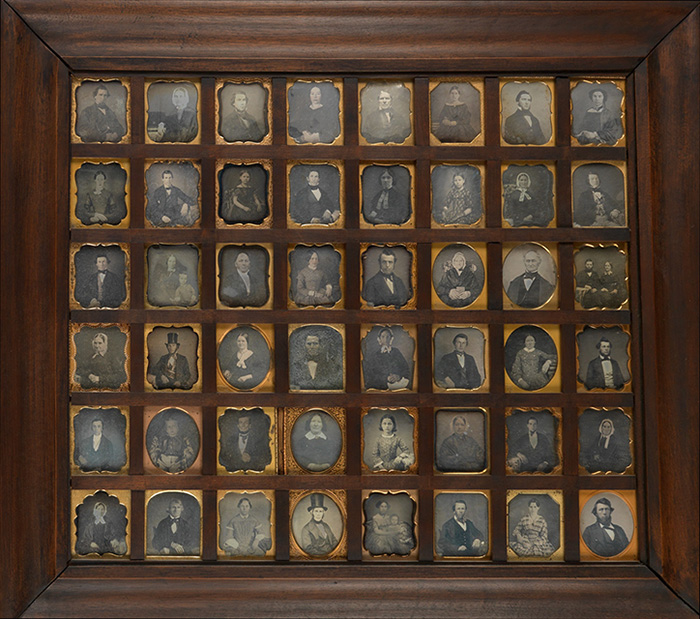
Photographer’s display: a large frame containing forty-eight sixth-plate daguerreotype studio portraits from the 1850s
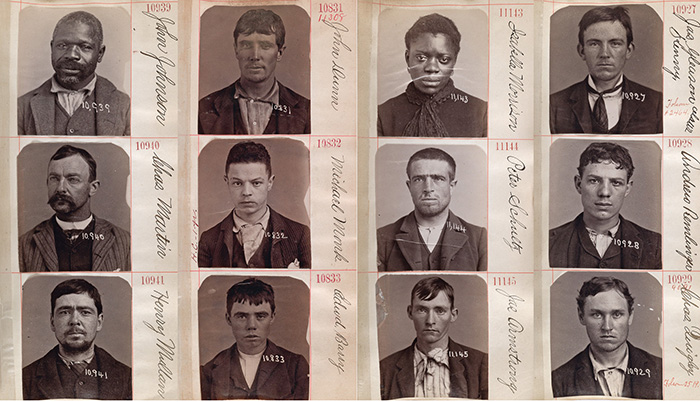
Page from an album entitled "Criminal Photographs No. 19. Thomas Cunningham, Sheriff, Stockton, Cal.," containing more than 600 mug shots, c. 1880s–90s
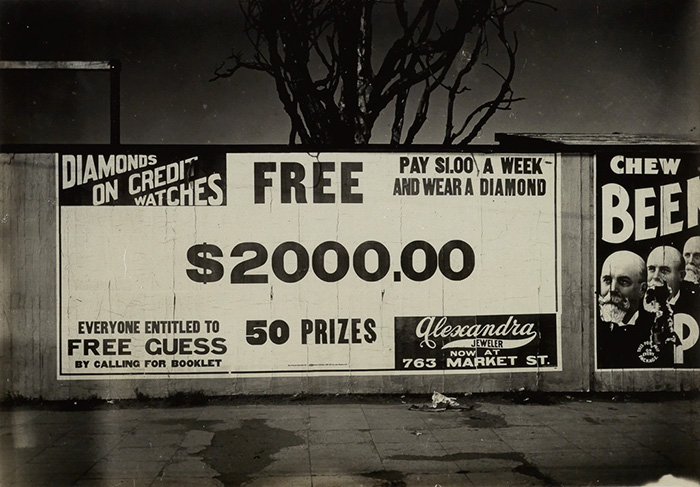
One of a group of photographs by Stanley Hoyt (active 1900–1915) of San Francisco billboards after the 1906 earthquake, c. 1907–08
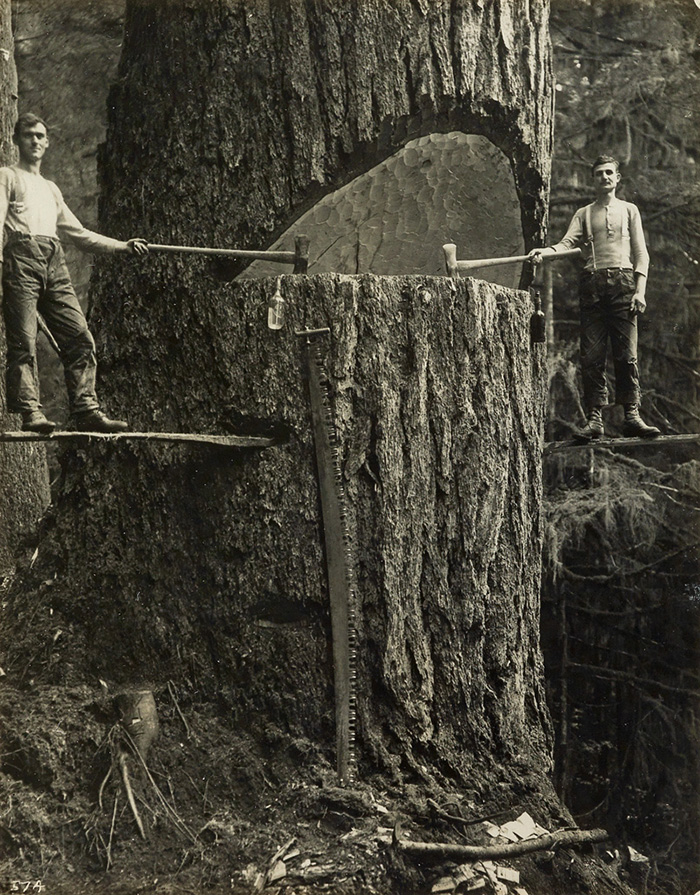
This image comes from a binder containing thirty-six occupational photographs taken in Portland, Oregon and Challam Bay, Washington by the commercial photographers Arthur M. Prentiss and W. A. Ellison, c. 1915
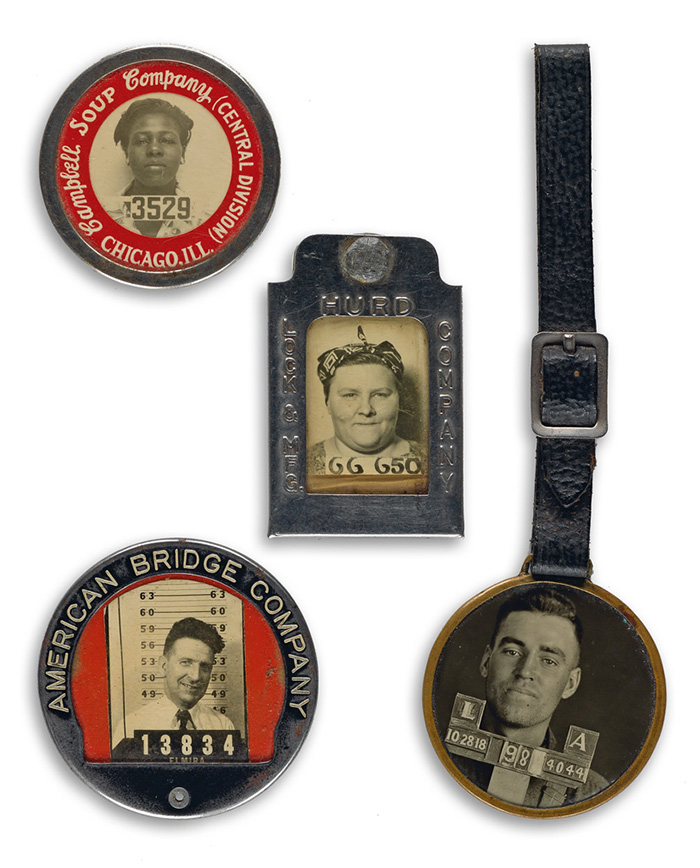
ID badges, c. 1940s–50s
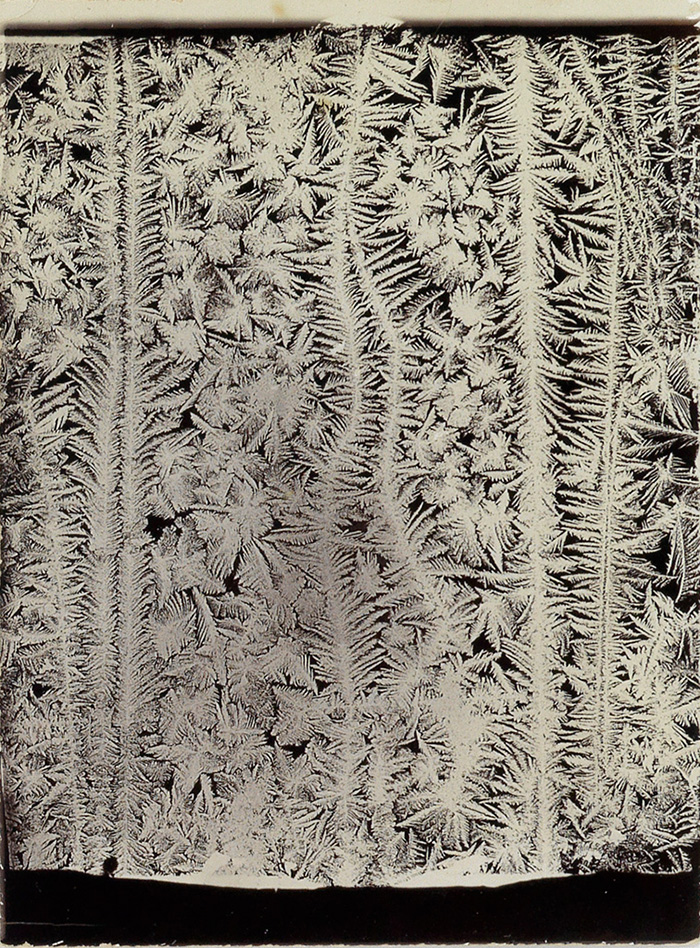
Wilson A. Bentley, gold-chloride toned microphotographs from glass plate negatives, circa 1910
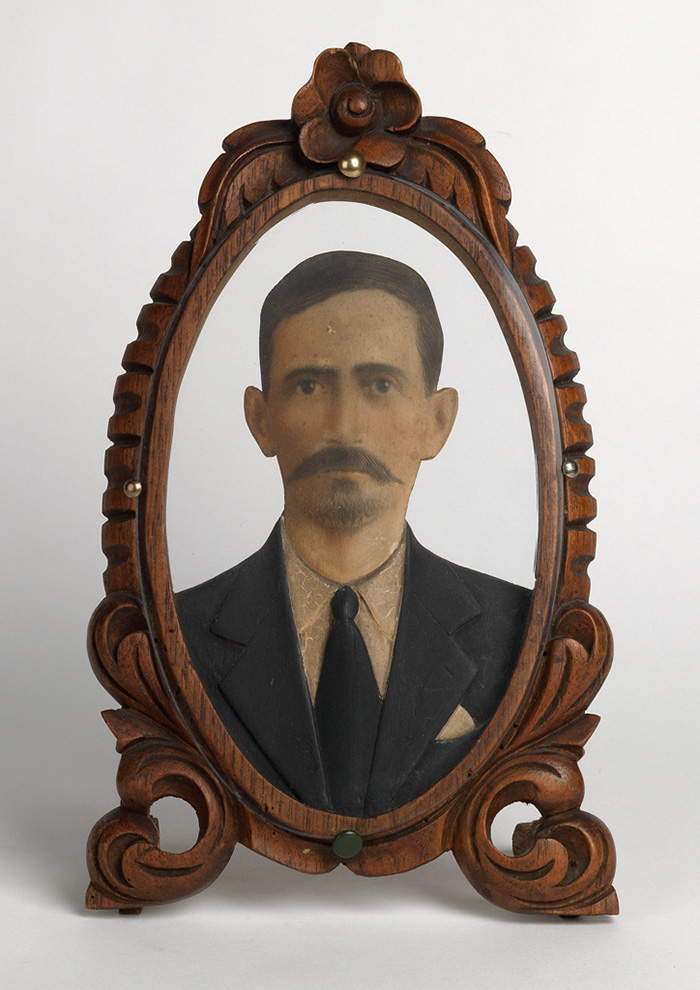
Mexican folk portrait, c. 1940s
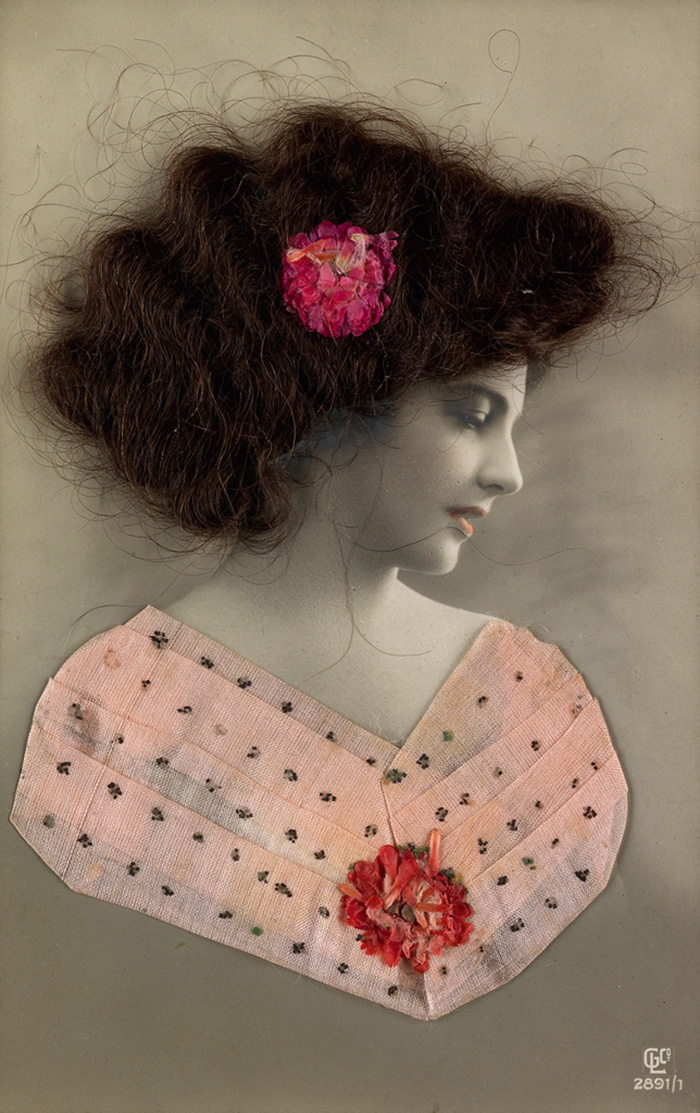
A French photo postcard, feauturing a pre-Raphaelite-like woman embellished with human hair, c. 1910s–40s
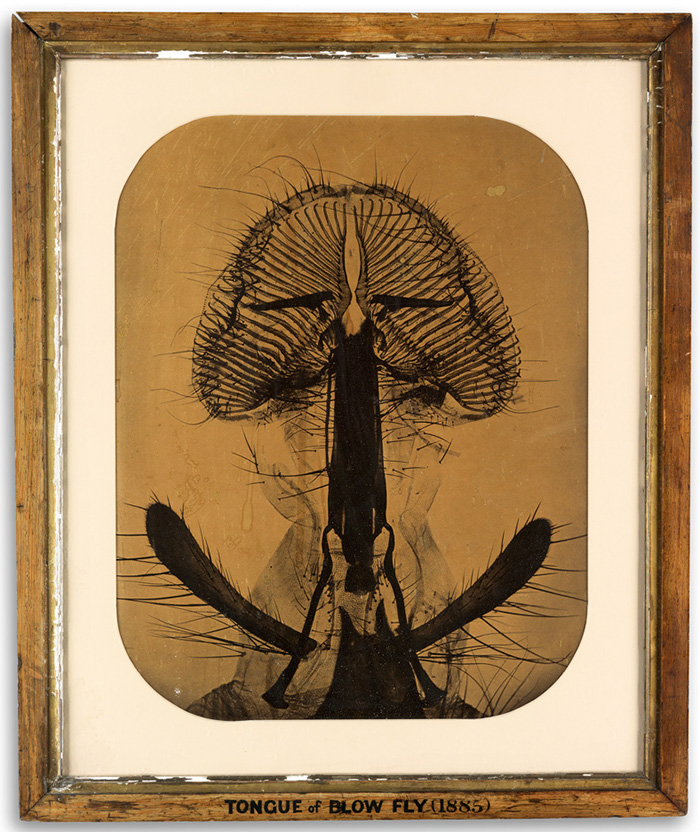
Mansell James Swift (1854–1942), Tongue of a Blow Fly, oversized albumen print, 1885
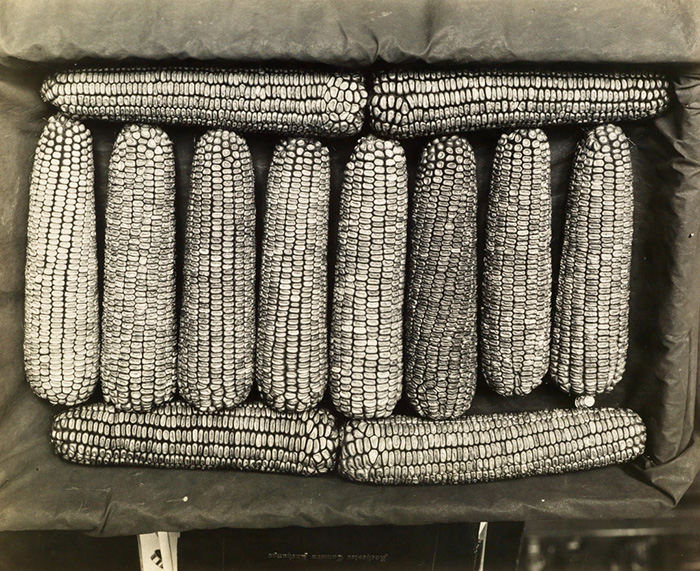
An image from an archive of more than 135 photographs relating to the cultivation of corn, c. 1880s–1950s
All images courtesy of Swann Auction Galleries

